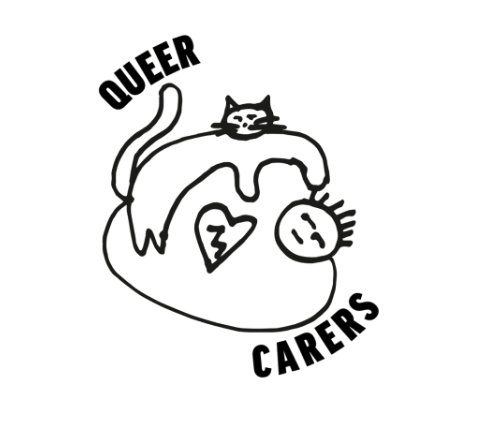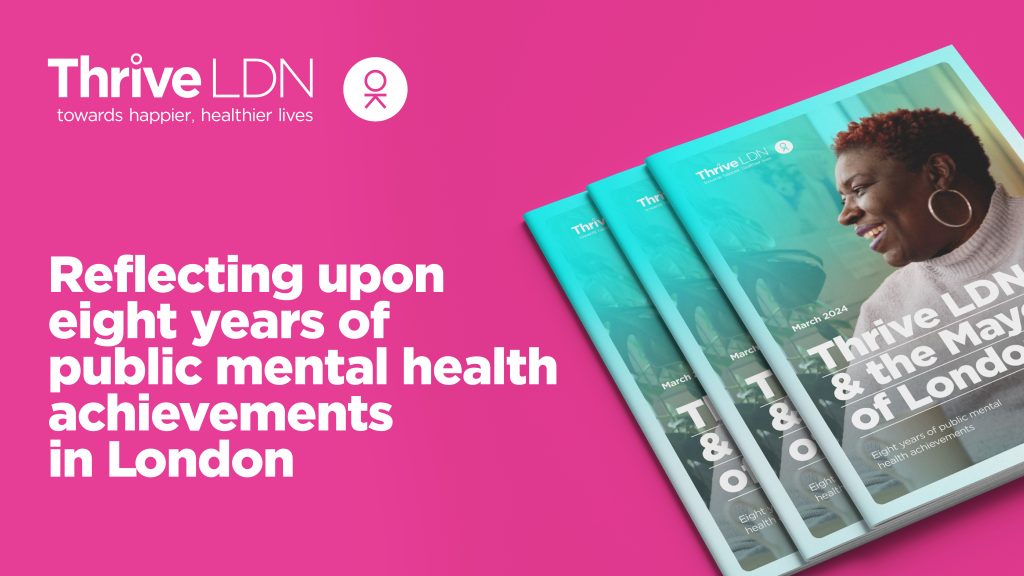
Co-creating new treatments to support autistic young people with depression
Autism is a spectrum of developmental conditions that affect how people communicate and interact with the world around them. At least 78 million people worldwide are autistic, including one in every 100 children. One of the biggest challenges autistic people face is not autism itself, but their mental health.
In 2008, King’s researchers published a pioneering paper which was the first to challenge the idea that autistic people have little anxiety about social situations. Now it is estimated that more than 70% of people with autism will develop a mental health problem such as anxiety or depression in their lifetime – a figure that is around 25% for people who do not have autism.
Proven treatments specifically tailored to support children with autism are scarce and often one-size-fits-all, despite autism being unique to each individual. This lack of understanding and support can have profound consequences for the child, their future life as an adult, and for society at large.
Autistic adults are half as likely to be employed as their peers and have a lower quality of life at every stage.
Despite this alarming picture, autism research is hugely underfunded and as a result, not fully understood. Improved access to treatment and emotional support tailored for people with autism is urgently needed. With support of philanthropy, our expert team within the King’s Maudsley Partnership can improve and test existing treatments as well as promising new ones that could work better for children with autism, giving them more choice and control in looking after their mental health.

Working with families to design new interventions
Dr Matthew Hollocks, Clinical Senior Lecturer in the Institute of Psychiatry, Psychology and Neuroscience, is currently working with autistic children and their families to develop a brand-new intervention for young people with depression based on Behavioural Activation (BA).
BA is an established, common treatment for depression and anxiety in children and adults who do not have autism and the potential benefits of using these techniques for adolescents with autism has not previously been explored. Many autistic people find the most common treatment, Cognitive Behaviour Therapy (CBT) difficult to engage with because it requires a lot of talking and thinking about emotions which can often be challenging for people with autism. Focusing instead on the link between activity and mood, BA supports those who are struggling with motivation to identify activities that boost their mood and develop achievable routines which include these tasks in small, attainable steps. Working with the individual to identify activities they enjoy, this approach reinforces the benefit of participating in positive activities and removes negative patterns of behaviour to reduce symptoms of anxiety and depression.
Dr Hollocks and his team have co-designed an adapted version of BA specifically aimed to treat depression in adolescents with autism which is currently being trialled with seven young autistic individuals. Taking place over 12 weeks and using activity data collected from wearable wrist monitors, Fitbits, this intervention monitors how re-introducing personalised positive activities such as going for walks or collecting football cards can impact and improve mood.
Initial responses have been very positive. For example, one parent said the treatment has ‘helped [their child] to open up and talk more, which is really good whereas before he would very much shut down’.
By delivering the intervention online through Microsoft Teams, the new treatment is more accessible for families across the country, and in some cases could make the treatment more effective where children may find travelling a challenge, or struggle to engage with therapy face-to-face. One study participant found the treatment ‘good because you don’t have to leave your house. You can be in a relaxed environment. [In clinic] you have lots of noise around you…here, you just click.’







